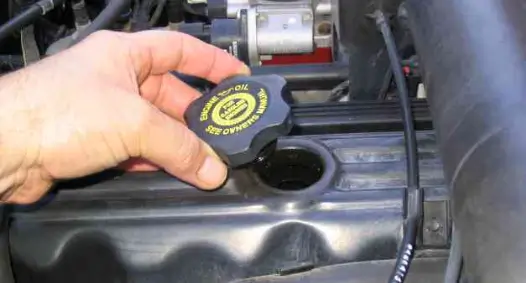Discover the essentials of maintaining your Jeep TJ with the correct oil capacity and the best practices for upkeep.

Credit: www.jdpower.com
The Importance of Accurate Oil Capacity in Jeep TJ
Maintaining the correct oil capacity in your Jeep TJ is crucial for the longevity and performance of its engine. The right amount of oil ensures proper lubrication, cooling, and cleaning of engine components, preventing premature wear and potential damages.
In this guide, we’ll dive into the specifics of the Jeep TJ oil capacity, recommended oil types, and tips for regular maintenance.
Jeep TJ Oil Capacity Specifications
The Jeep TJ has been one of the most popular off-road vehicles since its debut in 1997. Over its production years, the oil capacity for the Jeep TJ may vary depending on the engine type. Below, find the specific oil capacity information for various Jeep TJ models:
| Model Year | Engine Type | Oil Capacity (Quarts) |
|---|---|---|
| 1997-2002 | 2.5L I4 Engine | 4.0 |
| 1997-2006 | 4.0L I6 Engine | 6.0 |
| 2003-2006 | 2.4L I4 Engine | 5.0 |
Note: It is always recommended to check your specific vehicle’s user manual or consult with a professional to determine the exact oil capacity for your Jeep TJ.
Recommended Oil Types for Jeep TJ
Choosing the right engine oil is just as important as knowing your Jeep’s oil capacity. Here are the recommended types of oil for the Jeep TJ:
- For 2.5L and 4.0L engines: 10W-30 is preferable in most conditions, with 5W-30 being suitable for colder climates.
- For 2.4L engines: 5W-20 or 5W-30 is generally recommended, especially in areas with varying temperature ranges.
Using high-quality synthetic oil can improve engine performance and provide better protection under extreme conditions, which is ideal for off-roading vehicles like the Jeep TJ.
Jeep TJ Oil Change Guide
Regular oil changes are vital for keeping your engine in optimal condition. Follow this step-by-step guide to changing the oil in your Jeep TJ:
- Prepare your tools and supplies, including the correct oil quantity, a new oil filter, a wrench set, an oil catch pan, and safety gear.
- Warm up your engine for a few minutes to help the oil drain more easily.
- Locate the oil drain plug beneath your Jeep and position the oil catch pan underneath.
- Using the wrench, carefully remove the drain plug and allow the oil to flow out completely.
- Replace the drain plug and tighten it securely.
- Remove the old oil filter and install the new one, making sure it fits snugly.
- Pour the new oil into the engine, adhering closely to the oil capacity specifications for your Jeep’s engine.
- Run the engine for a few minutes to allow the new oil to circulate, then check the oil level and add more if necessary.
After completing your oil change, be sure to dispose of the old oil and filter responsibly. Many auto parts stores offer recycling services.


Leave a Reply